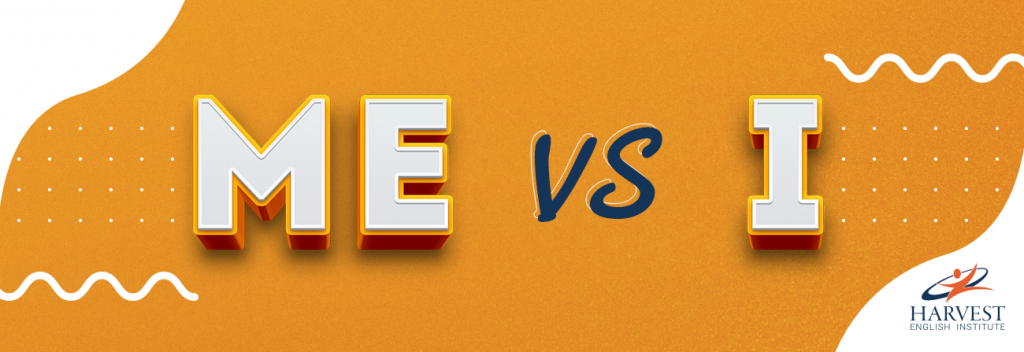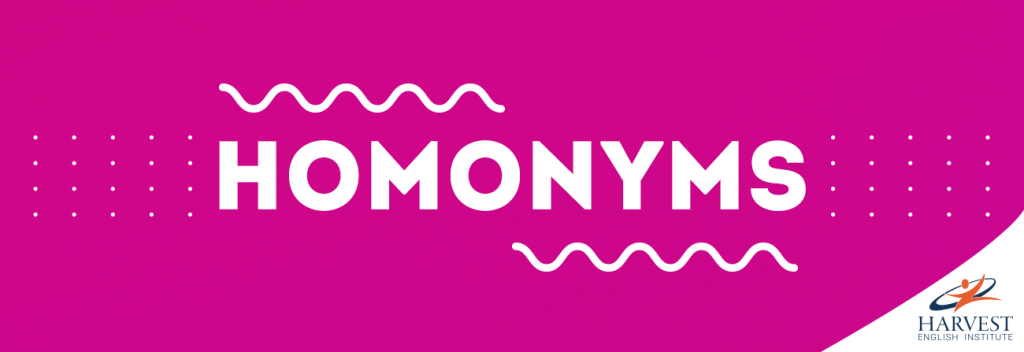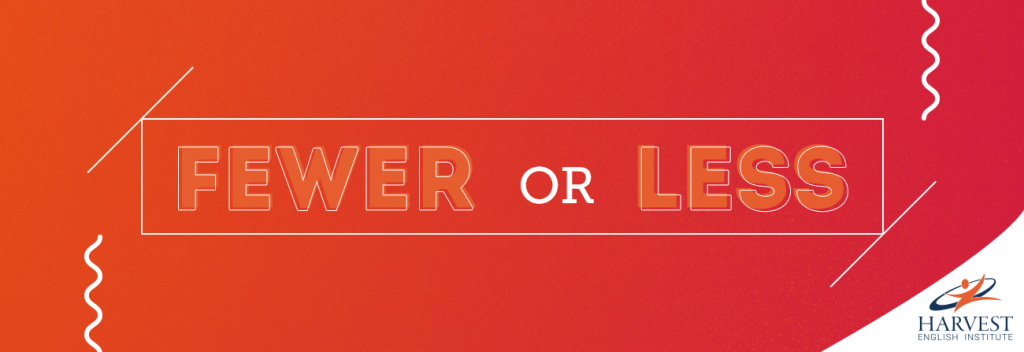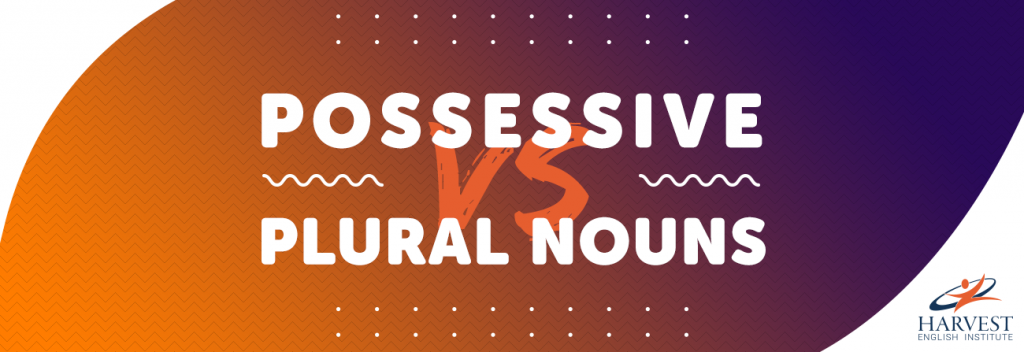Do you dread the thought of English grammar? Don’t worry, you are not alone! Grammar in the English language is infamous around the world for being a difficult beast to tame.
If this sounds familiar to you, the first thing we want you to remember is that you are not alone, everyone struggles with English grammar. Even many of us who speak English as their first language regularly get tripped up with its tricky irregularities.
At the Harvest English Institute, one of the main areas we work on with all our students to improve their English language skills is mastering the most important grammar topics.
When speaking with students some of greatest concerns when it comes to grammar are:
- Grammatical patterns – the grammatical construction of sentences and their meaning
- Phrasal verbs – changing the meaning of words by adding another word
- Idioms – a saying with a different meaning from its literal meaning
If you are currently in the process of navigating the difficulties of English grammar, below we have compiled a list of some of the most common mistakes to look out for:

-
Me & I – Understanding how to refer to yourself else can be tricky. To make it easier, remember these simple rules.
-
Always put the other person’s name first (Steven and I, you and me)
-
To choose between “me” or “I”, remove the other person’s name to see which sounds correct. It depends whether it is the subject (I) or object (me) of the sentence.
-

-
Similar sounding words with different meanings – Known as homonyms, there are plenty of words in the English language that sound the same but mean entirely different things. Read more about these in our previous blog post.

-
Fewer or less? – Easy to get confused, these words should be used differently depending on whether you are referring to count or non-count nouns e.g. “fewer grains, less sand”.

-
Possessive vs. plural nouns – When and when not to use apostrophes for possessive and plural nouns can be complicated, but these simple tips should keep you on track.
-
‘s refers to possession e.g. “Tim’s car”
-
When no apostrophe is used, the word becomes plural e.g. “The dogs are in the garden.”
-
The possessive for “it” is “its”. “It’s” is only used as a contraction of “It is” or “It has”. “It’s” is not possessive or plural! e.g. “The shirt is comfortable. Its fabric is soft. It’s made of silk.”
-

-
Run-on sentences – Beware of writing run-on sentences! This common mistake is made by combining two independent clauses into one sentence without the use of a punctuation mark or conjunction to separate them. Depending on the structure of the sentence, you can avoid this mistake by inserting either a period, comma, semicolon, or a conjoining word e.g. “and”.
Even if you haven’t quite got the hang of English grammar yet, we hope this short guide is helpful and can bring you one step closer to talking and writing English like a native speaker.
What areas of English grammar do you find most complex? Tell us in the comments below!
If you would like to learn more about the English language courses we offer at the Harvest English Institute get in touch with us at 0833 609 4646 or email us at harvest@harvest.net



